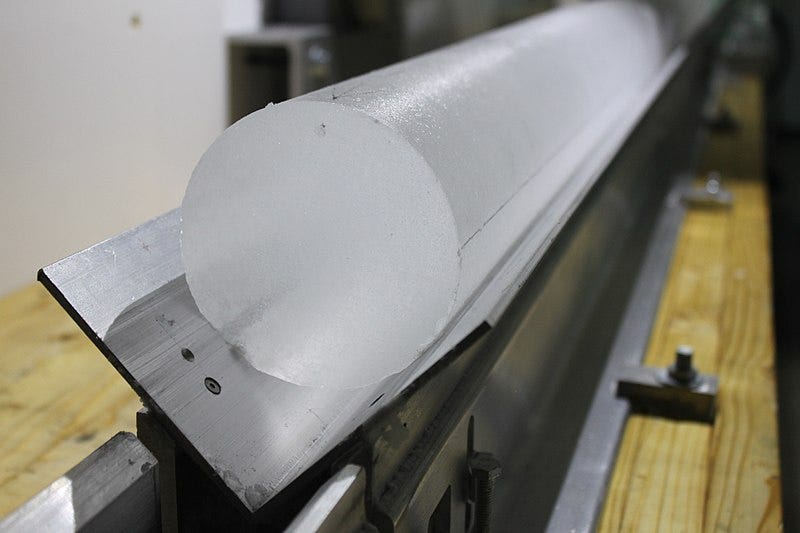Unearthing Ancient Viruses: Insights from Tibetan Glacier Ice
Written on
Chapter 1: The Power of Tiny Entities
Viruses, despite their minuscule size, can have monumental effects on ecosystems and health. Recent events have highlighted how a mere virus can disrupt the world. Typically, viruses range from tens to hundreds of nanometers in size. Structurally, they are rather straightforward: a strand of DNA or RNA encased within a protective protein shell known as the capsid. This protective layer can take on one of four forms: helical, icosahedral, enveloped, or a complex shape.
In essence, viruses can be regarded as coated DNA or RNA.
Their true prowess lies in their ability to commandeer host cells to replicate themselves. They excel at infecting these cells and usurping their DNA machinery, which results in the viral DNA being reproduced multiple times. Consequently, the host cell bursts, releasing newly formed viruses that spread the cycle anew.
This replication process can severely damage the host organism. When vast sections of tissue are repurposed as virus production sites, they lose their ability to function properly, leading to illness.
Section 1.1: Ubiquity of Viruses
Viruses are omnipresent; they are the most prolific biological entities on Earth. It's estimated that up to ten million viruses could inhabit just a millimeter of seawater, permeating environments from Antarctica to our own microbiomes.
Subsection 1.1.1: Exploring Ancient Viruses
What about ancient viruses, particularly those preserved in ice?

Since the 1990s, numerous studies have reported bacterial discoveries in ice cores, but viral findings have been scarce due to their smaller size and genome complexity. Until recently, only two studies hinted at ancient viruses in ice cores: one identified viral RNA in 140,000-year-old Greenland ice, and another reported viral-like particles in a Vostok ice core.
New research has expanded our understanding.
Researchers recently uncovered multiple viruses in ice cores dated up to 14,400 years from the Guliya ice cap in Tibet. Their success was attributed to advancements in metagenomic analysis and improved decontamination methods.
The scientists meticulously tested their decontamination protocol on both uncontaminated and mock contaminated ice samples to ensure the authenticity of their findings. This process involved removing layers of ice using a band saw, followed by ethanol washing and sterile water rinsing.
After refining their methods, they examined the Guliya ice cores and identified 33 operational taxonomic units (OTUs), which can be likened to distinct virus ‘species.’ Remarkably, 28 of these represented new genera previously undocumented in scientific literature.
The analysis of the genetic material suggested that many of these newly identified viruses were temperate phages, which utilize a non-lethal strategy to infect bacteria, as opposed to virulent phages that destroy their hosts.
The researchers also discovered new auxiliary metabolic genes within the viral DNA, which are microbial genes that could influence host metabolism during infection. These genes may have played a role in directing bacterial movement towards or away from certain environmental chemicals.
Interestingly, it appears that these newly identified viruses likely originated from plant and soil sources, indicating they are not expected to pose a threat to humans.
In conclusion, the authors note:
These findings enhance our understanding of microbial and viral sampling techniques for glacier ice, providing a glimpse into ancient viral communities and their functions in glacial environments. Such methodologies could facilitate future research on the implications of glacier-ice microbes and their viruses concerning historical and contemporary climate change across various global regions.
As glaciers continue to melt, what other ancient secrets might be revealed...?
Chapter 2: Ancient Discoveries in Glacier Ice
This video discusses the discovery of ancient viruses, dating back 15,000 years, found in the Tibetan glacier ice. It delves into the methods used for sampling and the implications of these findings.
Another insightful video explores ancient viruses that are over 40,000 years old, found in Tibetan ice. It examines what their genomes reveal about past ecosystems and their potential impact on modern science.